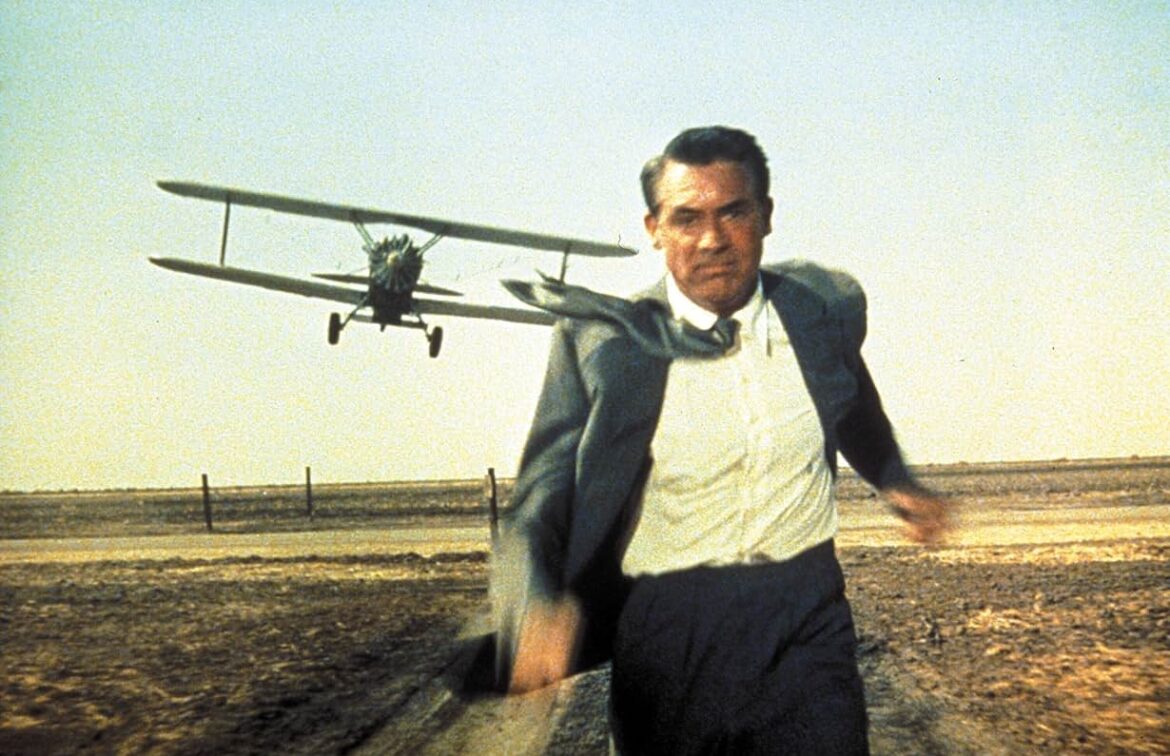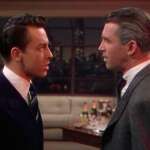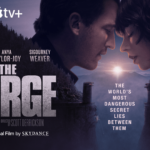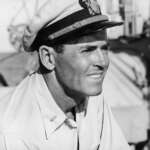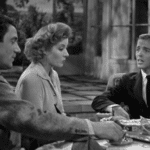In middle and high school, my father introduced me to an array of classic films, including many by Alfred Hitchcock. One of those was North by Northwest, a film I remembered for its thrilling set pieces—the death-defying finale on Mount Rushmore and the iconic crop duster chase. More than 20 years later, I revisited it while working through a Hitchcock mini-marathon, and perhaps I’m alone in this opinion, but it seems North by Northwest was better preserved in the amber of my memory than in reality.
For those unfamiliar, the film stars Cary Grant as Roger Thornhill, a busy ad executive whose tightly scheduled life is upended when he’s mistaken for a man named George Kaplan. A pair of goons abduct him at gunpoint and bring him to thesinister Phillip Vandamm (played by James Mason), who, alongside his henchman Leonard (a young Martin Landau), refuses to believe Thornhill isn’t Kaplan. After failing to extract information, they attempt to kill him in a staged drunk-driving accident. Thornhill survives—of course—but when he reports the ordeal, the police dismiss his story. From there, his efforts to clear his name only entangle him further in the Kaplan-Vandamm conspiracy, leading to a cross-country chase, romantic intrigue, daring escapes, and the grand showdown atop Mount Rushmore.
I’m a big fan of Hitchcock’s films—The 39 Steps, The Lady Vanishes, Strangers on a Train, Saboteur—and they’re often defined by striking cinematography, sharp plotting, and taut thrillers filled with suspense. North by Northwest delivers on the first two elements, but the writing? That’s where it falls apart. Hitchcock must have had considerable goodwill from audiences because the entire premise demands an enormous suspension of disbelief. At 136 minutes, the film spends its first 30 trying (and failing) to justify why:
- Thornhill would be mistaken for Kaplan
- He would go along with it
- He would never be cleared
- He would continue digging into the mystery
- He would stumble into every trap so conveniently laid before him
Perhaps it wants to be a lighthearted adventure—there are attempts at humor—but they land about as well as that crop duster.
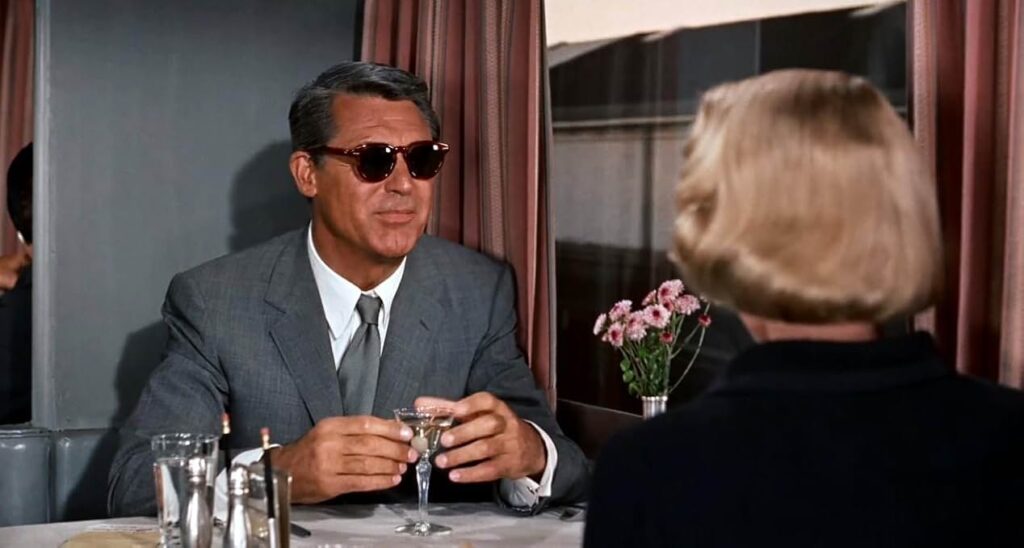
Cary Grant and Eva Marie Saint in Alfred Hitchcock’s “North by Nortwest”
When North by Northwest introduces its leading lady, I hoped the film would shift into something closer to the exhilarating caper I half-remembered. But Eva Marie Saint as Eve Kendall is underwhelming. Her performance is serviceable, but her chemistry with Grant is nonexistent. The age gap doesn’t help—their dynamic is more grandfather-granddaughter than romantic intrigue. Thankfully, after an awkwardly extended train sequence, the film separates them more than I expected. Grant’s solo moment—the crop duster chase—remains visually stunning, though, like much of the film, it falters under scrutiny.
To its credit, North by Northwest boasts spectacular set pieces. The Mount Rushmore sequence, though showing its age, is still impressive enough to make you wonder how it was filmed. It’s easy to see how this film influenced the James Bond franchise—perhaps explaining both its strengths and its weaknesses.
Ultimately, this may be a case of a movie being better in memory than in reality. Grant’s charm—which, I admit, I seem to be immune to—has only soured for me upon rewatching several of his films. Meanwhile, Hitchcock is at his best when steeped in mystery and suspense; here, the audience knows more than Thornhill, eliminating any real intrigue. What remains is an overlong film with two legendary sequences that, if you’ve seen on YouTube, you’ve already absorbed the best it has to offer. I’d recommend one of Hitchcock’s other films instead. And if you have fond memories of North by Northwest, maybe leave it on the shelf—it might age better that way.
